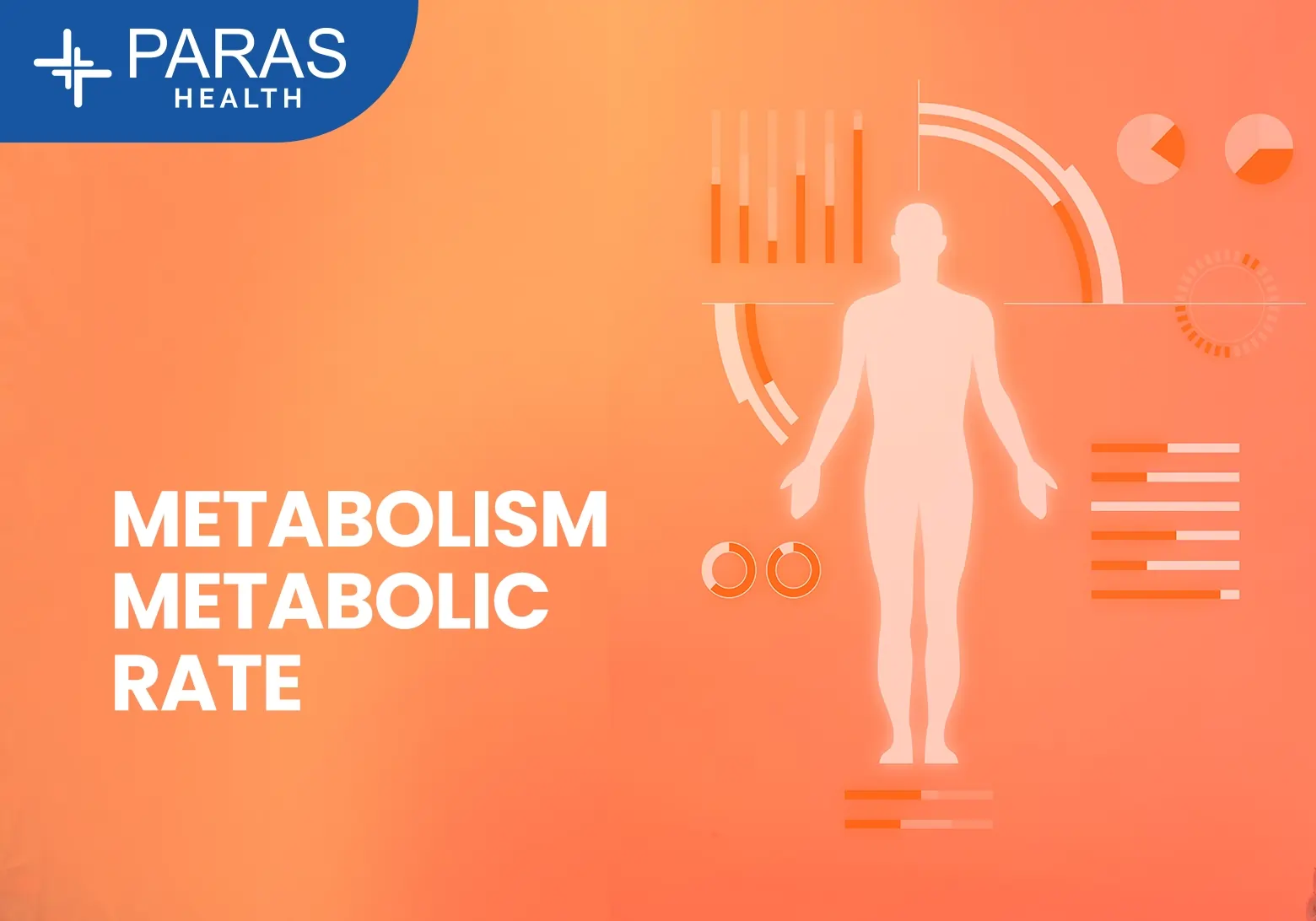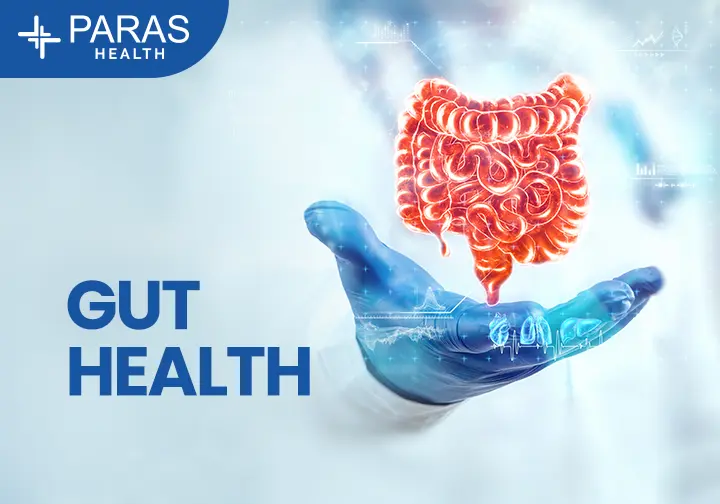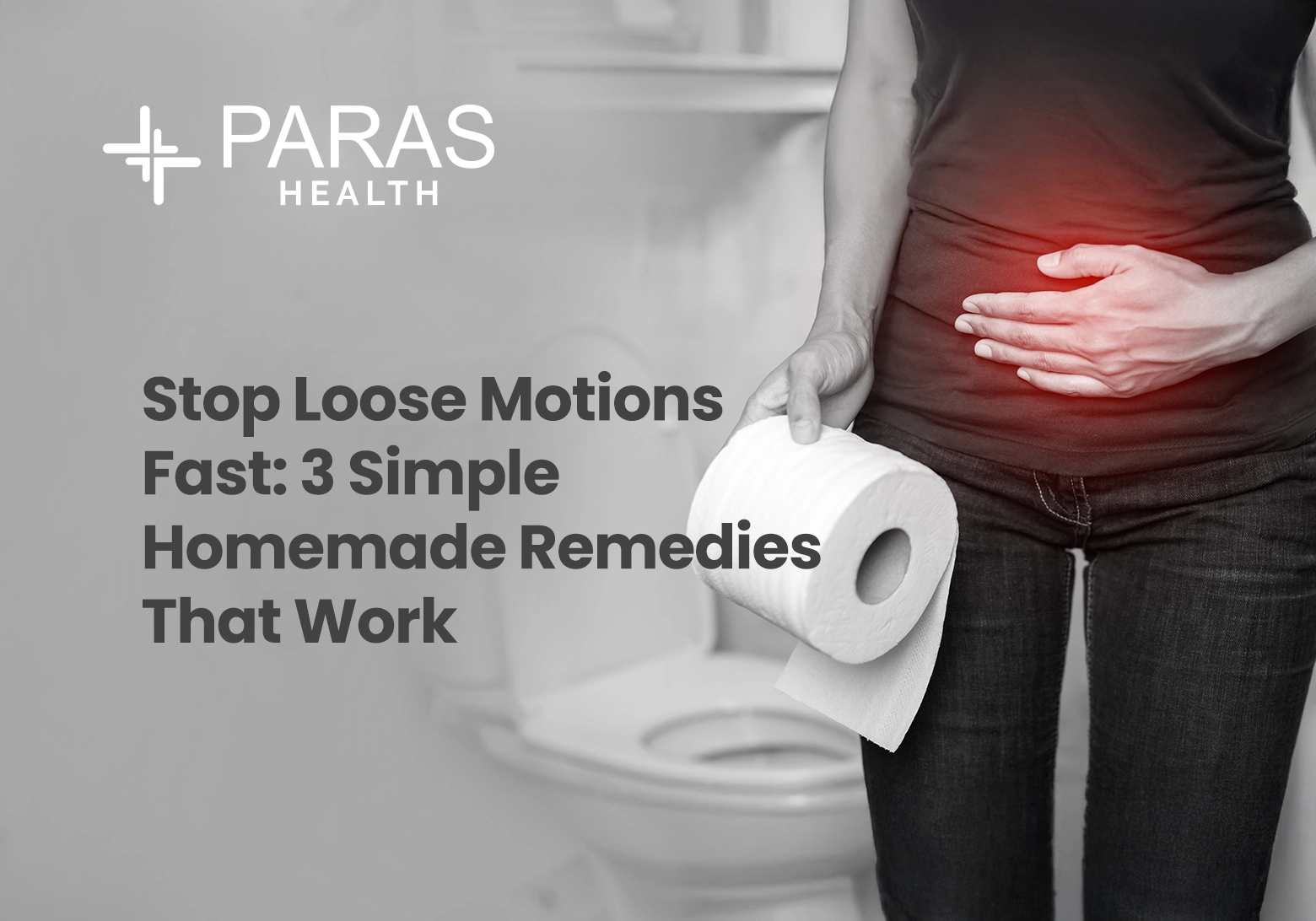Symptoms of Jaundice: Understanding the Yellow Alert
Apr 24, 2025
Have you ever looked in the mirror and noticed a yellowish tinge in your eyes or skin and wondered, "Is this jaundice?" You're not alone. Jaundice is more common than most people realize, and recognizing its symptoms early can make all the difference.
In this guide, we’ll walk you through everything you need to know about jaundice — especially the symptoms of jaundice — in both adults and babies. Whether you're concerned about yourself or a loved one, this article will help you understand what jaundice looks like, what causes it, and when to see a doctor.
What Is Jaundice?
Jaundice happens when there is too much bilirubin (a yellow pigment) in your blood. Bilirubin is produced when red blood cells break down. Normally, your liver processes bilirubin, but if something interrupts this process, bilirubin can build up—leading to yellowing of the skin and eyes.
Common Symptoms of Jaundice
The primary symptom of jaundice is quite visible: yellowing of the skin and the whites of the eyes. But it doesn’t stop there. Here are the most common symptoms of jaundice you should watch for:
- Yellowing of the eyes and skin (classic sign)
- Dark-colored urine
- Pale stools or clay-colored stool
- Itchy skin (also known as jaundice itching)
- Fatigue and weakness
- Abdominal pain (usually in the upper right quadrant)
- Nausea and vomiting
- Loss of appetite
- Weight loss
- Fever with jaundice
- Liver pain or tenderness
These symptoms may vary depending on the type and cause of jaundice. For example, hepatitis jaundice symptoms may also include flu-like signs like joint pain or general body ache, while gallbladder jaundice might cause sharp, localized abdominal pain.
What Are the Symptoms of Jaundice in Adults?
In adults, early symptoms of jaundice can be subtle. You might experience mild yellowing of the eyes, a drop in energy, or darker-than-usual urine without any pain. Over time, the yellow tinge can deepen, and more symptoms such as itchiness, weight loss, and abdominal discomfort may appear.
Wondering how to know if you have jaundice? If your urine turns tea-colored and your skin starts looking yellow, it's time to consult a doctor for a bilirubin test and liver function check.
Jaundice in Babies (Newborn Jaundice Symptoms)
Jaundice in newborns is very common, especially in the first week after birth. It happens because a baby’s liver is still maturing and may not be efficient at processing bilirubin.
Symptoms of Jaundice in Infants:
- Yellowing of the skin, usually starting from the face and moving downwards
- Yellowing of the eyes
- Poor feeding or lethargy
- High-pitched crying
- Drowsiness or sleepiness
Parents often ask, “How to detect jaundice in babies?” Press gently on your baby’s forehead or chest—if the skin appears yellow where you pressed, it's a sign to speak with your pediatrician.
What Does Jaundice Look Like?
In simple terms, it looks like your skin and eyes have been tinted with yellow paint. The intensity of this yellowing varies depending on bilirubin levels in your blood. Is yellow skin always jaundice?—Not always, but it’s one of the most recognizable signs. Certain food or medications can sometimes cause a yellow tint, but when paired with other symptoms like dark urine or pale stools, it's likely jaundice.
Types of Jaundice and Their Symptoms
Jaundice can be categorized based on where the problem lies:
1. Pre-hepatic Jaundice
Occurs before bilirubin reaches the liver—often due to hemolysis (increased breakdown of red blood cells).
🟡 Symptoms: Fatigue, dark urine, anemia, and mild yellowing.
2. Hepatocellular Jaundice
Caused by liver diseases such as hepatitis or cirrhosis.
🟡 Symptoms: Yellowing of skin and eyes, liver pain, fever, weakness, nausea.
3. Post-hepatic (Obstructive) Jaundice
Due to blockage in bile ducts (e.g., gallstones or tumors).
🟡 Symptoms: Pale stools, dark urine, intense itching, pain in upper right abdomen.
Conclusion
Jaundice is your body’s way of signaling that something isn’t quite right—especially with your liver or blood. The symptoms of jaundice may start small but can escalate quickly if ignored.
If you notice signs like yellow eyes, pale stools, dark urine, or extreme fatigue, don’t wait. Book an appointment with our doctor and get the necessary tests done. Early detection can prevent complications and make treatment much simpler.
FAQs About Jaundice Symptoms
What are the first signs of jaundice?
Usually, yellowing of the whites of the eyes, followed by changes in skin tone and urine color.
Can jaundice go away on its own?
Sometimes, especially in newborns or mild cases. But in adults, jaundice typically signals an underlying issue that needs attention.
How serious is jaundice?
It depends on the cause. It can be mild and temporary or a sign of serious conditions like hepatitis or liver disease.
Is jaundice a symptom or a disease?
Jaundice is a symptom, not a disease. It points to a deeper problem with the liver, gallbladder, or red blood cells.
What causes yellow eyes?
Buildup of bilirubin in the blood, often due to liver dysfunction or bile duct obstruction.






 Infectious Diarrhea Eng.webp)



